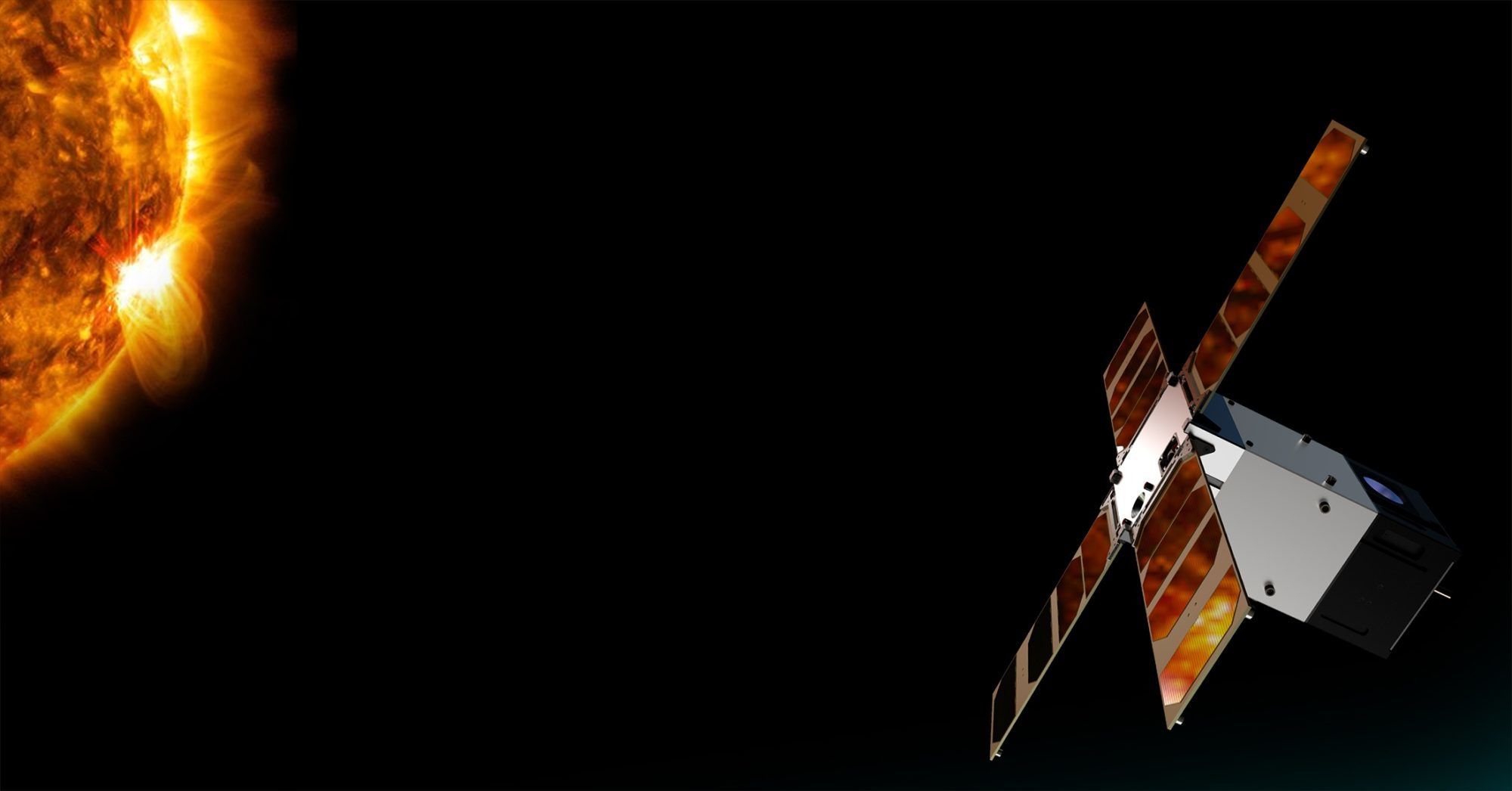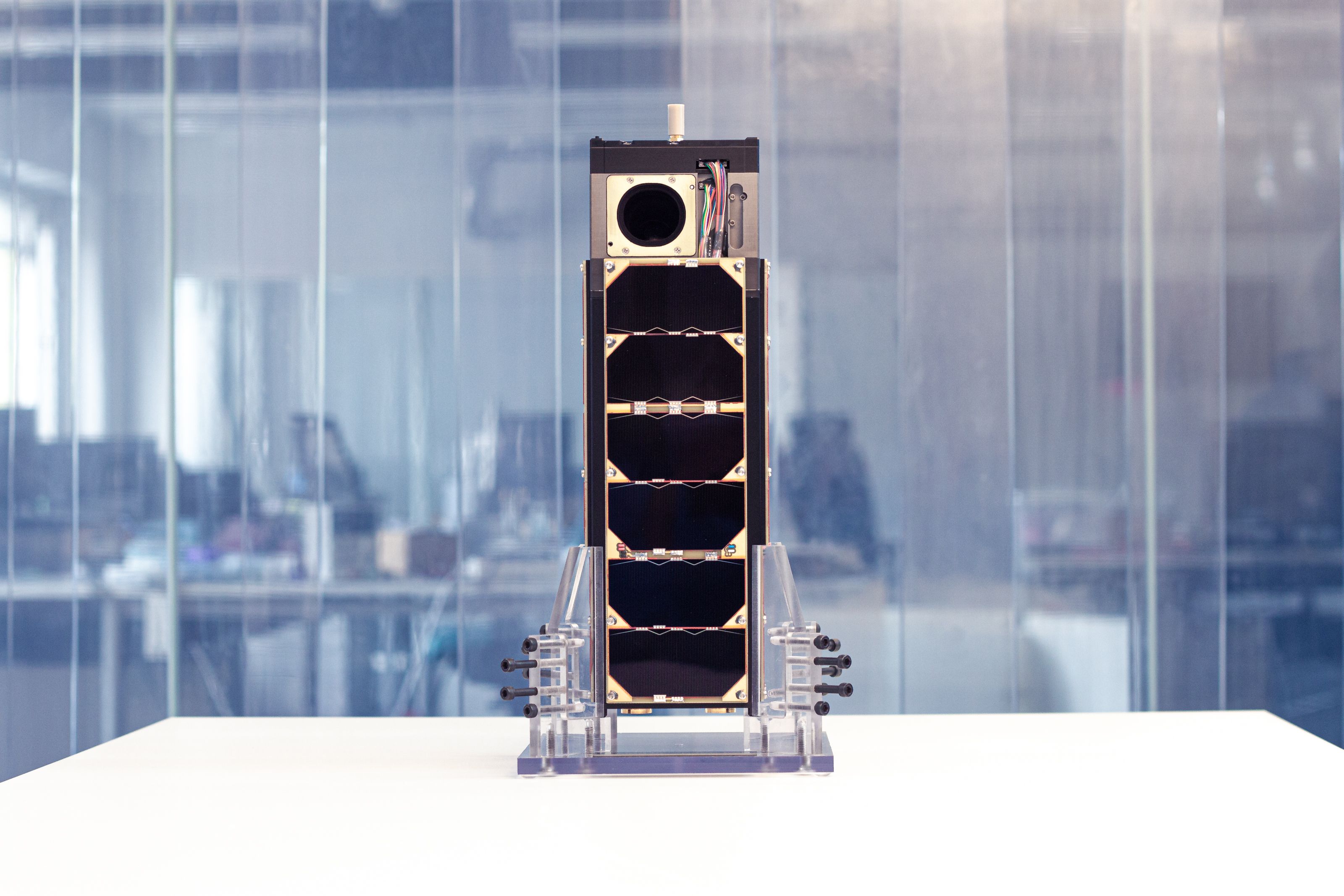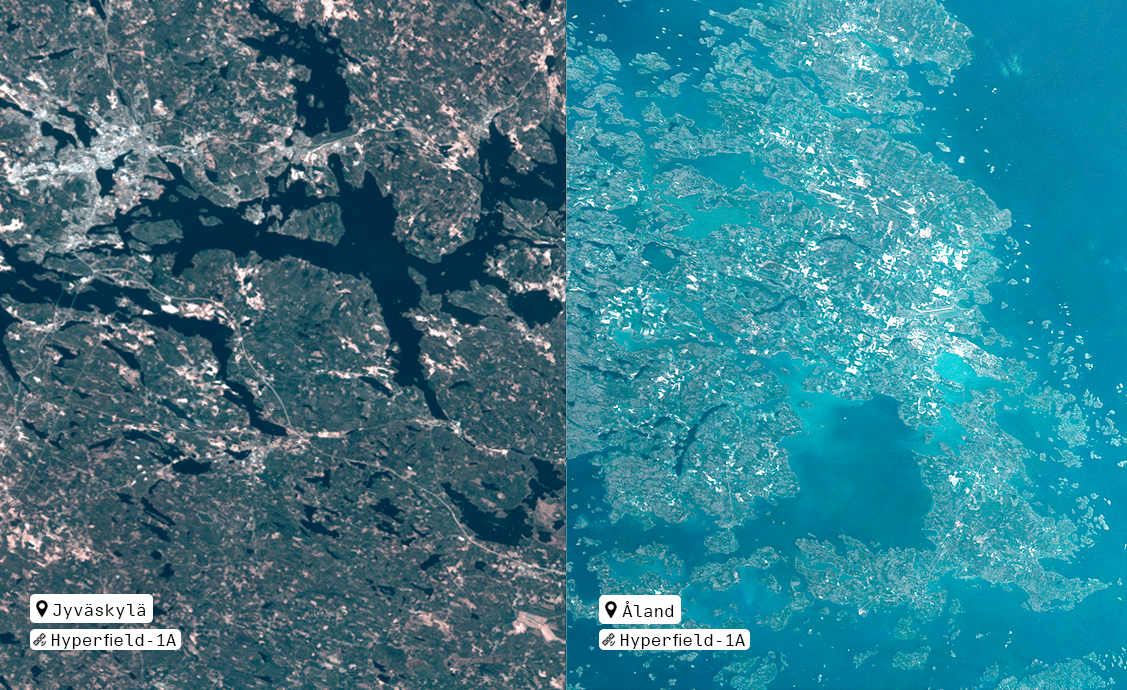PRESS RELEASES • September 9, 2024
Sunstorm CubeSat developed by Kuva Space and Isaware successfully completes mission and re-enters Earth’s atmosphere


As Sunstorm retires, the mission reaffirms Kuva Space’s capability to design, build, launch, and operate CubeSats that deliver scientific-grade data.
Helsinki, Finland (September 9th) Finnish hyperspectral microsatellite and AI-powered insights company Kuva Space has announced the successful completion of the Sunstorm CubeSat’s mission. After three years of operation, the Sunstorm satellite re-entered Earth’s atmosphere on September 4, 2024, at 10:30 EEST, marking the end of its mission that started under the European Space Agency’s (ESA) General Support Technology Programme (GSTP).
Launched in 2021, the Sunstorm satellite was a joint project of Kuva Space and Isaware, designed to monitor solar X-ray flares with its cutting-edge X-ray Flux Monitor (XFM-CS). The mission’s primary goal was to collect high-resolution data to advance our understanding of solar eruptions and space weather phenomena.
Kuva Space was the satellite platform provider, integrator, and operator in this ESA mission, while Isaware led the development and manufacturing of the X-Ray Flux Monitor for CubeSat (XFM-CS) instrument for the mission and performed the processing of acquired X-ray data for further use in science and services.
Observing solar X-rays is crucial for predicting space weather, but this can only be done from space. As our reliance on networks, electronic systems, and satellites grows, Sunstorm has improved our ability to predict space weather phenomena with unparalleled precision, making it the first of its kind with potential for commercial use.
Throughout its operation, Sunstorm exceeded expectations, delivering the most extensive and highest quality set of X-ray spectral data on solar flares available to date.
“We are extremely proud of the Sunstorm mission’s success,” said Janne Kuhno, co-founder and principal space engineer at Kuva Space. “The data collected by Sunstorm over the past three years has been invaluable for space weather research and scientific studies of solar eruptions. This mission has set a new benchmark for solar X-ray observations.”
The mission was initially planned for two years but was extended by Kuva Space and Isaware due to the satellite’s continued excellent performance. This extension allowed for additional data collection, further enriching the already significant dataset. Sunstorm has provided unprecedented insights into solar activity, which will continue to benefit the scientific community for years to come.
In addition to its primary mission, the success of XFM-CS on Sunstorm has paved the way for future missions. A version of the XFM is currently being developed under ESA’s Space Safety Programme for the National Oceanic and Atmospheric Administration’s (NOAA) Space Weather NEXT program. This mission, scheduled for launch in 2029, will place the XFM instrument aboard an unnamed solar observatory at the Lagrange Point 1 (L1) of the Sun-Earth system. This instrument will be based on the technology successfully proven with XFM-CS but includes two detectors of different sensitivities, which will further improve its performance, particularly during extremely low or high levels of solar activity.
For Kuva Space, the mission set the precedent in how CubeSats are transitioning from high-risk proof-of-concept missions to fully operational high-availability monitoring campaigns with usable scientific data. The mission reaffirms the company’s capability in launching and operating CubeSats that deliver scientific-grade data.
“Sunstorm’s performance and the quality of the data collected have been outstanding,” added Juhani Huovelin, Principal Investigator of the XFM-CS. “This mission has not only achieved its objectives but has also laid the groundwork for future advancements in space weather monitoring. We look forward to seeing the continued impact of the Sunstorm mission in the years to come.”
Kuva Space successfully launched its Hyperfield-1 satellite in August 2024, marking the initial stage of Kuva Space’s large hyperspectral constellation, which aims to provide daily observation by 2027 and gapless subdaily global monitoring with 100 satellites by 2030. Its second hyperspectral satellite, Hyperfield-1B, will be deployed in Q1 2025 as part of the ESA InCubed program.
For additional information:
Malathy Eskola, Director of Marketing & PR
Kuva Space
+358 40 837 9432
malathy.eskola@kuvaspace.com
For additional information:
About Kuva Space
Founded in 2016 in Espoo, Finland, Kuva Space is building the world’s first extensive microsatellite constellation with patented hyperspectral camera technology to collect gapless data aimed at solving the world’s most pressing issues, such as climate change, food security, safety, and security. Combined with its advanced AI-driven analytics platform, Kuva Space delivers reliable and timely global insights and foresights that transform rich spaceborne data into actionable insights users can use for efficient resource management, optimizing operations, and improving profitability sustainably. For more information, visit www.kuvaspace.com.
Resources

Case studies · November 5, 2025
Exposing dark vessels in contested seas with hyperspectral intelligence

Press releases · October 1, 2025
